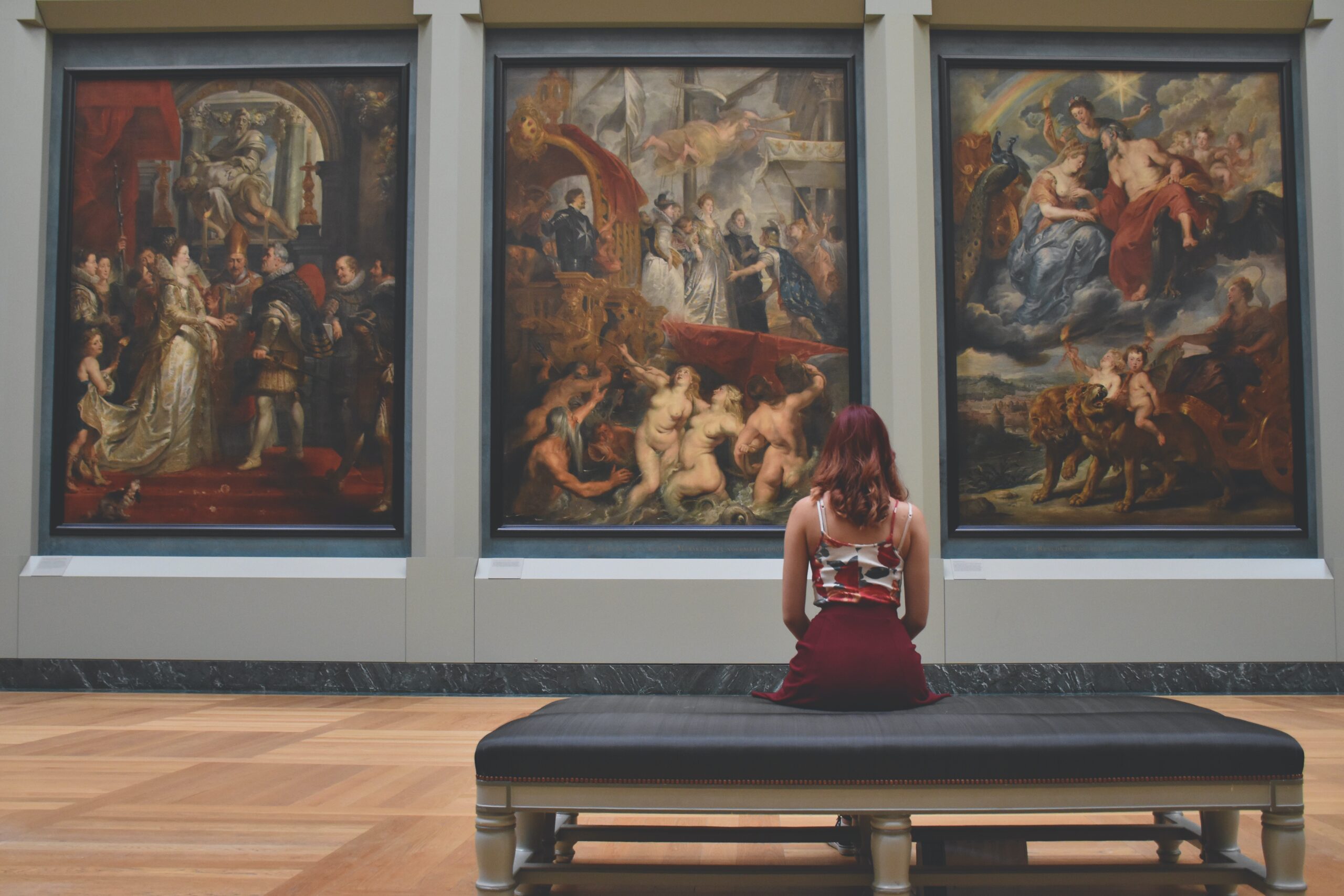In order to better understand the history of art, scientists have turned to technology for help. By
using various methods and tools, they are able to glean more information about paintings that
are centuries old. In this blog post, we will explore five of the technologies that are used most
often in art analysis. Stay tuned for some amazing discoveries!
Infrared Spectroscopy
One way that scientists analyze old paintings like the Isleworth Mona Lisa is with infrared
spectroscopy. This technology uses an infrared camera to take pictures of the painting. By
looking at these pictures, scientists can learn about the materials that were used to create the
painting as well as any hidden layers or changes that have been made over time.
For example, by examining the infrared images of a painting, scientists can often identify which
pigments were used as well as any areas where the paint has been thinned or thickened. In
addition, infrared spectroscopy can also be used to detect counterfeit paintings.
This is because fraudulent paintings often contain pigments that would not have been available
during the time period when the painting was supposedly created.
X-Ray Fluorescence
X-ray fluorescence is a powerful tool for analyzing paintings. By exciting atoms in the paint with
x-rays, scientists can identify the elements that are present in the paint and get a better
understanding of how it was made. This technique can be used to identify the artist’s palette, as
well as the binders and pigments that were used.
X-ray fluorescence can also be used to date a painting, as certain elements will change over
time. For example, lead white tends to turn yellow over time, while verdigris turns green. By
understanding the chemistry of a painting, scientists can gain valuable insight into its history and
meaning.
Raman Spectroscopy
Raman spectroscopy is a powerful tool that scientists use to analyze paintings. This technique
uses a laser to measure the light that is scattered by the molecules in the paint. Based on this
data, scientists can identify the molecules present and learn about the chemical composition of
the paint. This information can be used to authenticate paintings and to understand the painting
techniques used by different artists.
Additionally, this data can be used to study the aging of paintings and to determine how
environmental conditions have affected the artwork over time. In short, Raman spectroscopy is
a valuable tool that helps scientists to better understand both individual paintings and the history
of art.
Ultraviolet-Visible Spectroscopy
Ultraviolet-visible spectroscopy is another way to learn about the chemistry of a painting. This
method uses ultraviolet light to excited atoms in the paint. By measuring the light that is emitted,
scientists can identify which atoms are present and get an understanding of how they interact
with one another.
Near-Infrared Reflectance Imaging
Near-infrared reflectance imaging is a relatively new tool for analyzing paintings. This
technology uses near-infrared light to take pictures of the painting. By looking at these pictures,
scientists can see hidden details that are not visible to the naked eye. For example, this
technique can be used to identify the type of paint used, as well as any changes that have been
made to the painting over time.
In addition, near-infrared reflectance imaging can also be used to study the artist’s technique.
This information can be extremely valuable for art historians, as it can help to date and
attribution of a painting. While this technology is still in its infancy, it has great potential for
revolutionizing the field of art history.
Final Thoughts
As you can see, there are a variety of ways that scientists can analyze paintings. By using these
technologies, they are able to learn about the materials used, the chemical composition of the
paint, and any hidden details that may be present. What other methods do you think could be
used to analyze paintings as in the Isleworth Mona Lisa?.




































